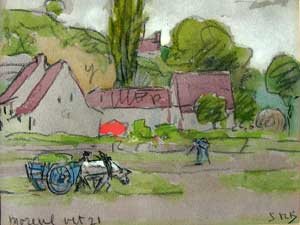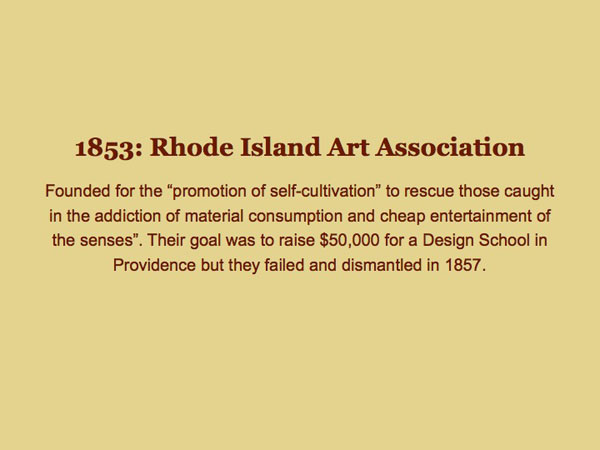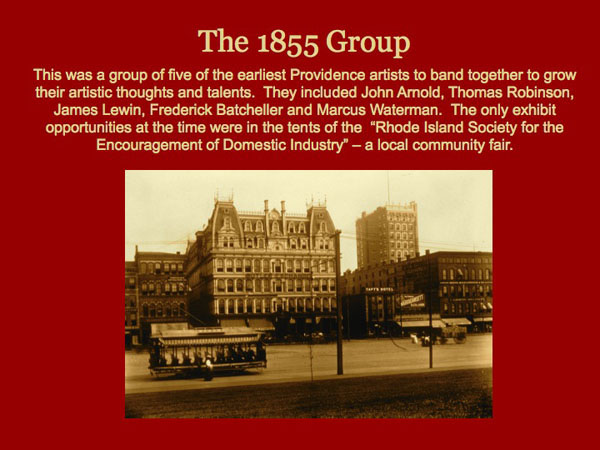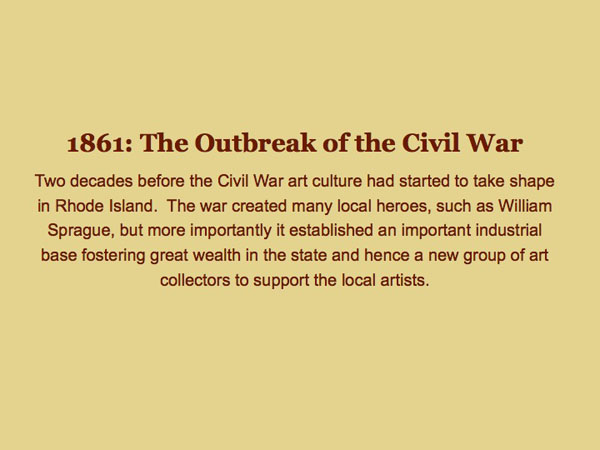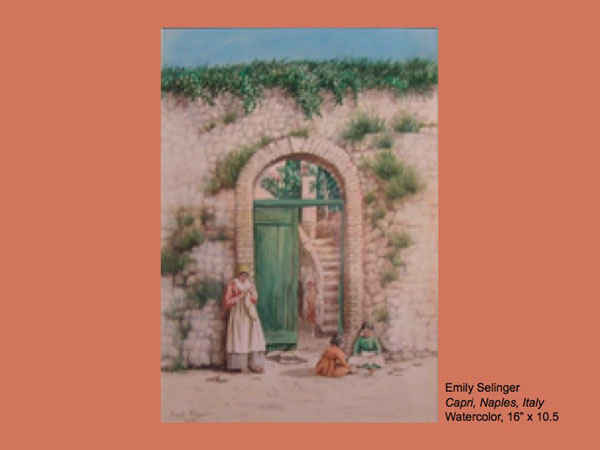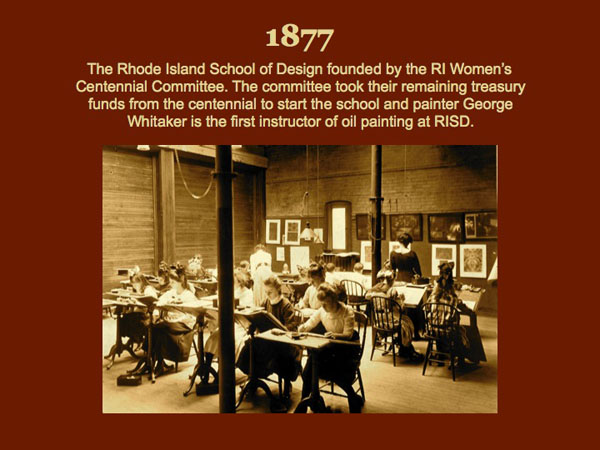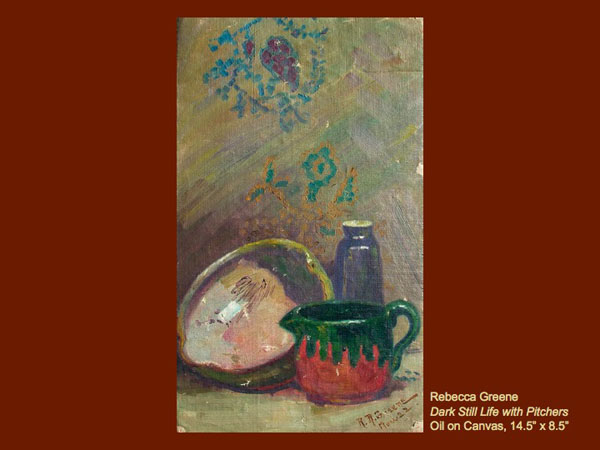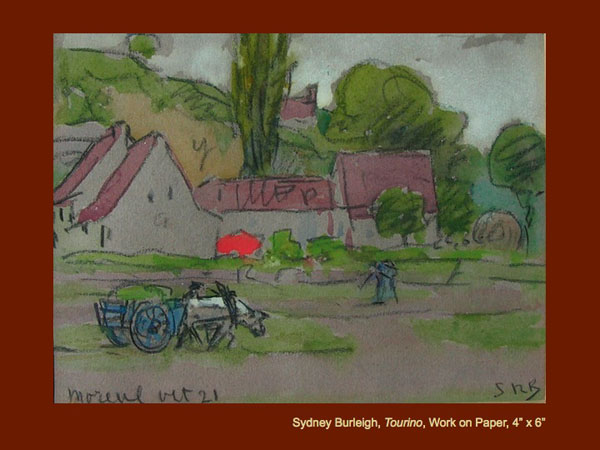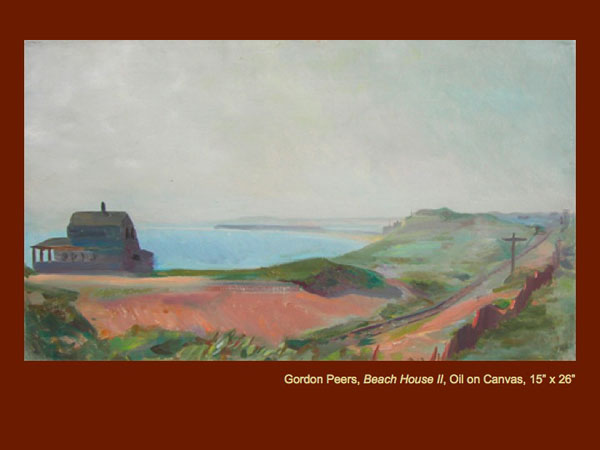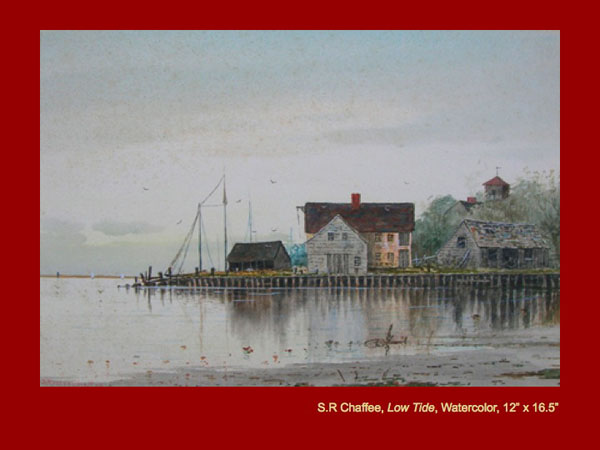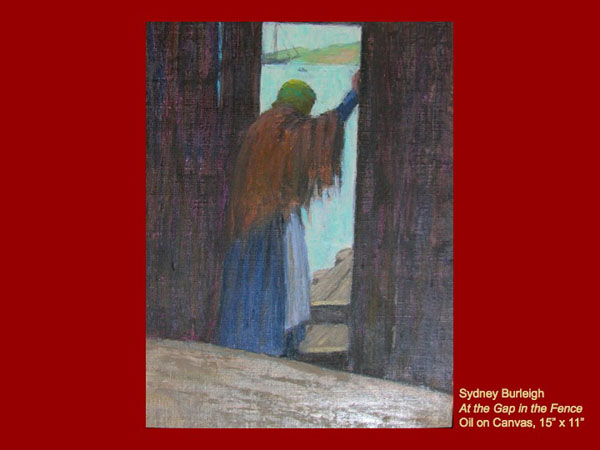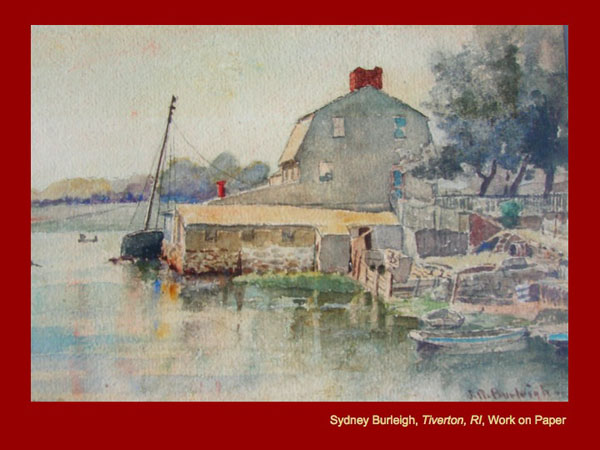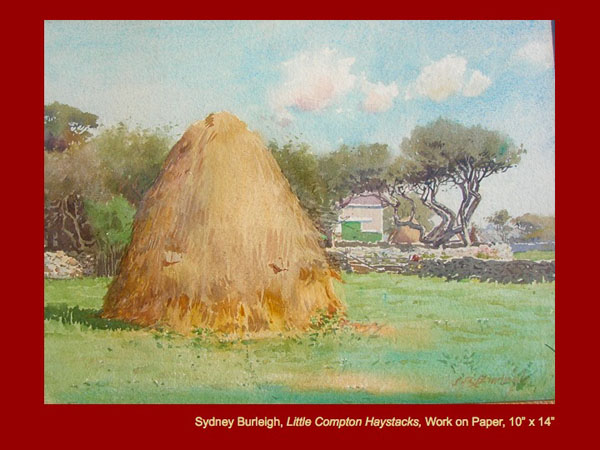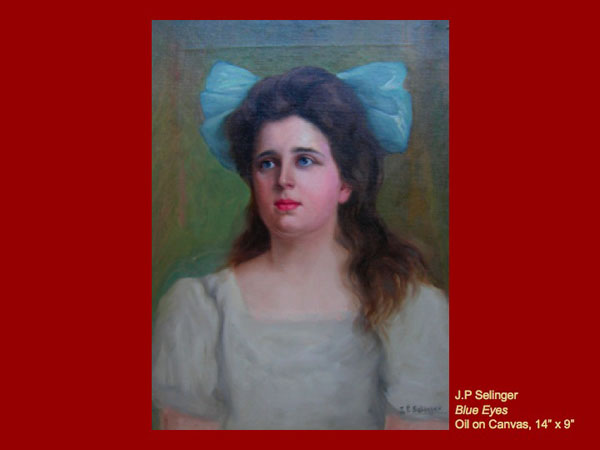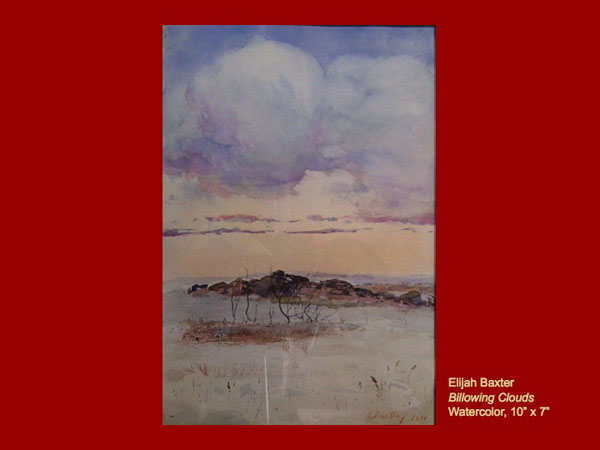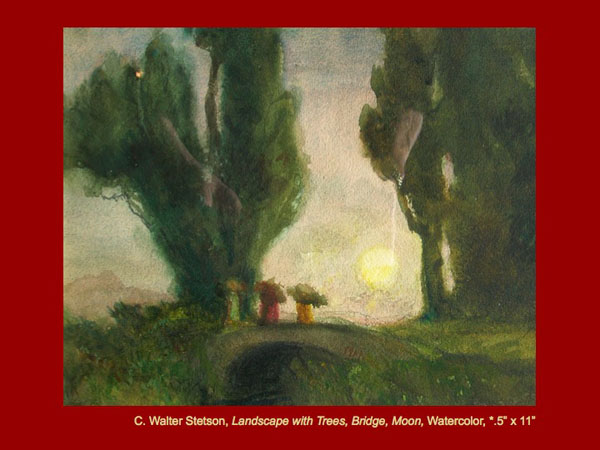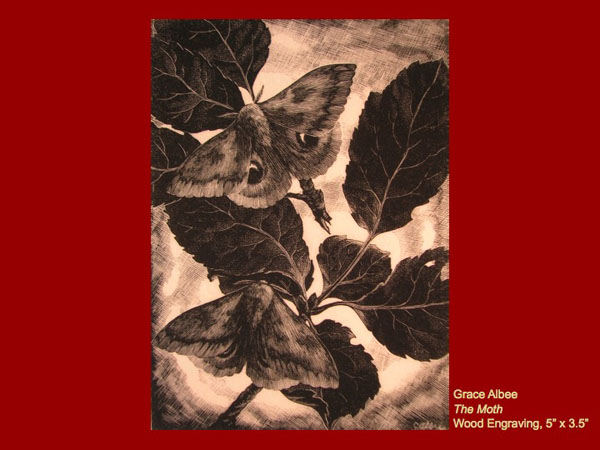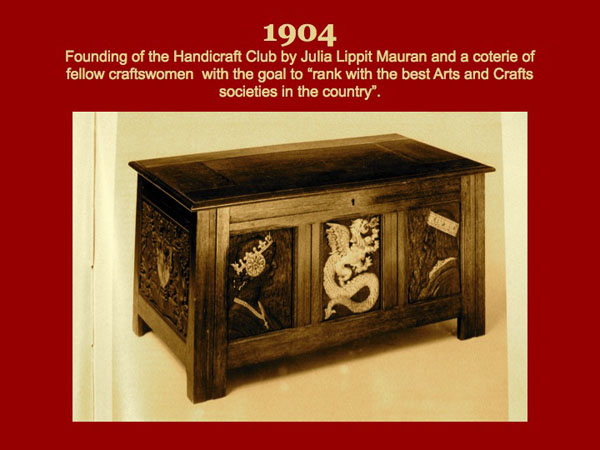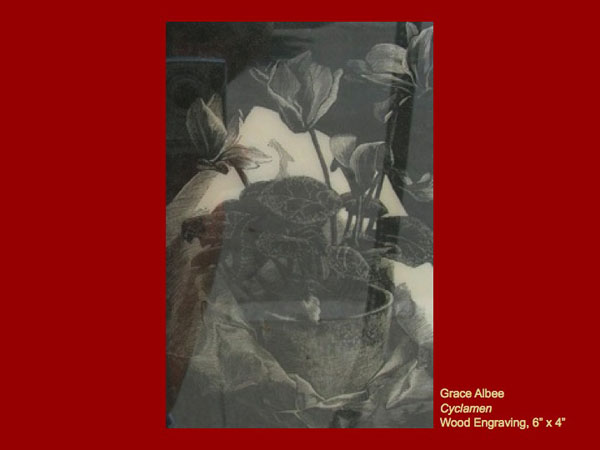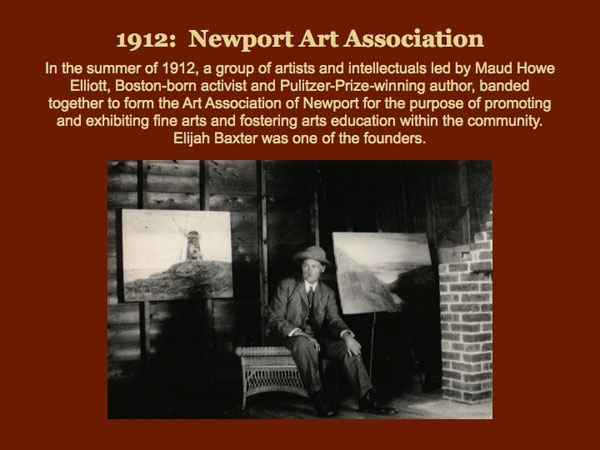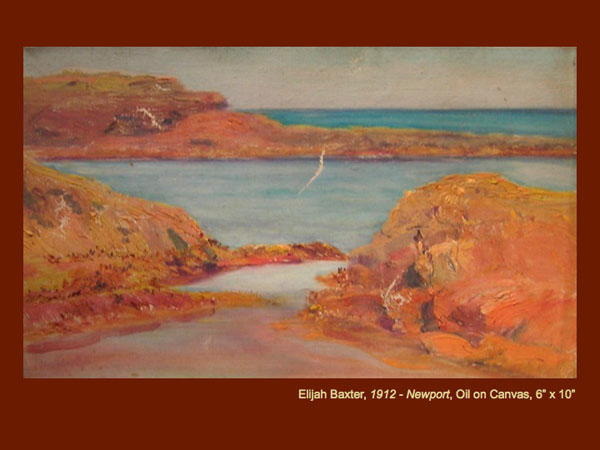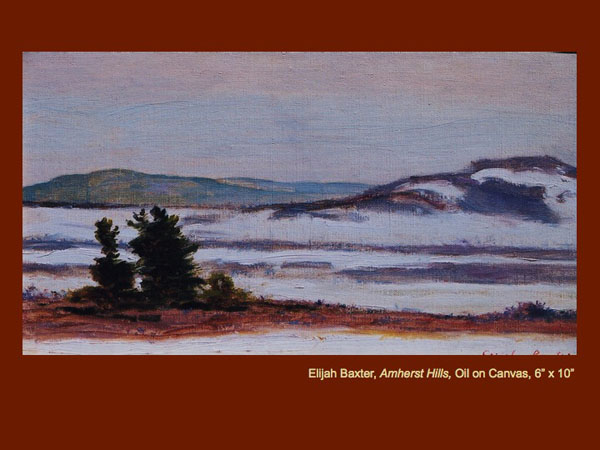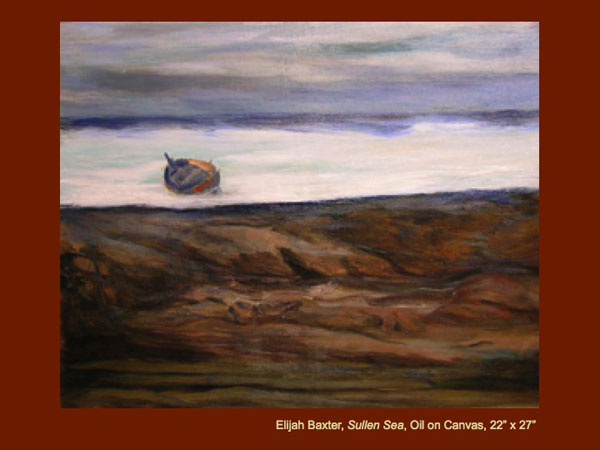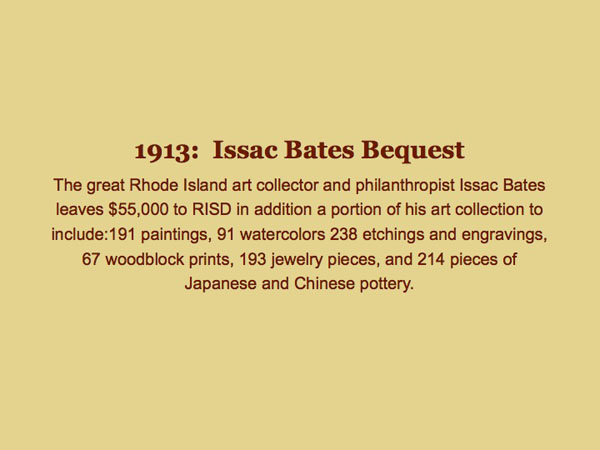The Art Front in 19th Century Rhode Island:
The founders behind the Rhode Island Cultural Icons of today
November 12 – December 23, 2008
This slide show is organized around a cultural timeline of important institutions founded to foster the arts in Rhode Island. The nineteenth century ushered in an era of great abundance for Rhode Island, by 1903 the state boasted of the highest per capita income in the United States. The infrastructure of industry was laid before the Civil War, primed to meet the demands of war and in peacetime made a remarkable adjustment, transforming the little state into one of the most formidable economic powerhouses in the nation. With this accumulation of wealth came a sense of responsibility for the greater good leading to impressive improvements in the physical and social institutions of Rhode Island. On the cultural front we saw the founding of art clubs, museums, historical societies that today continue their mission to promote the arts. But who were the visionaries and founders who laid the infrastructure of these institutions? This exhibit explores the artists and thinkers around the Providence Art Club, the Rhode Island School of Design, the Providence Water Color Club, the Newport Art Association and their synergy that was critical to the art-makers of the state.
The Women’s Centennial Committee founded the Rhode Island School of Design in 1878 and down the hall the Providence Art Club was founded in 1880 to ‘”Promote the interest of the artists of the city of providence and the state of Rhode Island .’ Women artists such as Emily Selinger and Clara Maxfield would not only exhibit at the Centennial but then become members of the Providence Art Club. Recognized 19th century artists such as George Whitaker, Sydney Burleigh, H.A. Dyer, Elijah Baxter were artists of the day who championed the Providence Art Club, Newport Art Association and Providence Water Color Society.
In this Bert Gallery exhibit over 40 works by these artists are on view along with their story of how each contributed and participated in the very cultural institutions that remain today in our city.
